 Abraham Lincoln
If given the truth, the people can be depended upon to meet any national crisis...
Abraham Lincoln
If given the truth, the people can be depended upon to meet any national crisis...
 Guildford news...
for Guildford people, brought to you by Guildford reporters - Guildford's own news service
Guildford news...
for Guildford people, brought to you by Guildford reporters - Guildford's own news service
Birdwatcher’s Diary No.196
Published on: 7 Oct, 2019
Updated on: 7 Oct, 2019
By Malcolm Fincham
By the middle of September the weather had been turned on its head. The long, dry spell and late summer sunshine had been brushed aside by Atlantic westerlies.
The hurricane season had begun on the eastern coast of America bringing storm-force winds across the ocean in our direction, as they dissipated.
Great news for keen birdwatchers, hoping for the sighting of a vagrant bird species to be carried across the Atlantic and on to our shores. Mixed emotions for me, on an always enjoyable family holiday to Perranporth, Cornwall. Despite the weather we had this time, these trips are a bonus if I can sneak off on a few birdwatching adventures.
Stopping off on the way at the Jamaica Inn on Bodmin Moor, famed by the author Daphne du Maurier, we lamented the passing of my father-in-law, “Mike”. He lived not far from the inn. We thought about the many times we visited him there in previous years.
It also allowed me to find my dipper, as I had on former occasions, in a stream not far from his home.
In the south of England they can also be found in the faster running steams, west of Wiltshire.
On our arrival at Perranporth we were welcomed as always, and throughout the duration of our stay, by the resident tap-dancing herring gull.
It was united by other members of its team who congregated on the roof of our caravan at dawn to cheerfully awake us from our sleep while they squabbled among themselves.
Local to the camp site were the usual suspects in the way of avian species.
These included: dunnocks.
A wren.
A gathering of 50 or so starlings.
And a robin that serenaded us most days.
A walk across the dunes surrounding the campsite added small flocks of linnets, now out of their breeding season, not looking so colourful although still endearing to the eye.
One of several fox moth caterpillars seen made its way across the hardy marram grass growing on the sandy sub-strait.
The vast landscape of sand dunes in the area surrounding the beach at Perranporth, has, over the years, mostly, become covered by grass. Though stunted in growth as one ventured seaward, a few blackthorn and gorse bushes randomly grow.
Stonechats could be viewed, using the bushes as vantage points, occasionally flying down to catch an insect, then returning to the same shrub.
In the more sheltered areas among the dunes meadow pipits could be found.
A pair of skylarks, now out of their breeding season, took flight from beside the track that leads in the direction of the beach.
Along the short grass and shingle areas a few wheatears could still be seen, no doubt awaiting the strong winds to ease before their migration to Africa.
The continuing theme of strong westerly winds blew along the coastline. Fortunately on this occasion not bringing rain-bearing clouds.
“With all of these small birds about, there had to be a predator in the vicinity?” I thought to myself. Sure enough, patrolling in and around the camp site, incognito for the most part, I would often sense the presence of a sparrowhawk, mostly glimpsed flying low over the hedgerows.
The rugged Cornish coastline is a common place for kestrels too, and there was no shortage of them in Perranporth. I counted at least three on one occasion, all lined up at various points along the cliff face, hunting.
Facing into the the gusty winds blowing in from the sea, they hovered, heads motionless, as they twitched their wings and tail feathers effortlessly to steady themselves.
Occasionally, one of them would plummet to the ground in vertical free-fall, often catching in its talons the smallest of morsels, such as a beetle, to eat.
Meanwhile at ground level, I struggled to hold my camera steady enough to take a photo as another gust of wind and sand struck me. Just as I did last year, along the beach I managed to find a small group of ringed plovers.
As well as two sanderlings.
Among the rocks at the lowermost part of the cliffs a few rock pipits could be found.
In addition to last year’s sightings, there were also a couple of dunlins on the beach.
On one part of my walk I interrupted a raven, tucking into its breakfast. One of the abundant rabbits had sadly met its maker. The cause of its death was unknown to me and certainly of no concern to a scavenging raven.
The stormy weather and choosing the best possible moments to get out and about, as well as fitting in with family events, was quite a challenge. I was allowed to visit the Hayle Estuary for a few hours on one particularly bright, though showery afternoon.
Hayle has the most westerly estuary in the UK. Now owned by the RSPB.
It is home to a wide variety of wetland birds, especially during winter months.
Small flocks of wigeon and teal had already begun to arrive there.
My first notable sighting was a curlew eating a crab. After much deliberation, it eventually used its long curved bill, like scissors, to carefully remove the crab’s legs, so as to swallow its whole body.
Two kingfishers could be seen, although a third it was reported had sadly been found dead by the roadside just a few days early. It most probably had been struck by a passing vehicle on what is a busy road.
Adding to my year’s sightings were 24 bar-tailed godwits, slightly shorter and dumpier than the black-tailed godwits previously seen at Farlington, with slightly upturned bills.
I was also able to add a pale-bellied brent goose to my list, although only seeing two of the six that had been reported there.
Groups of Canada as well as greylag geese, were also present.
Also adding a ruff to my day list.
Oystercatchers gathered in a group at high tide, counting 29 at one stage.
It wasn’t long before they took flight, allowing me a few aerial shots as they passed by, back in the direction of the coast.
At one stage during the afternoon a common buzzard drifted overhead.
Possibly my best sighting of the day, in spite of seeing one just a few weeks before at Farlington, was an osprey.
Before Victorian times, ospreys were seen throughout the UK. Alas, although slowly increasing in numbers in recent years, this one had bred further north and was stopping off for a few days fishing on its journey back to winter in Africa.
We took a family trip to the Lizard Point, an area my recently departed father-in-law had loved to visit with us on numerous occasions.
Through the wind, rain and spray of the ocean before us, a grey seal poked its head out of the water, unperturbed by the crashing waves.
Holding fast to the rocks like limpets, were a small group of shags.
I could picture the amusement on my father-in-law’s face as he watched us battling the elements that day!
Recent Articles
- Dragon Interview: Council Leader on the Latest HRA Report
- Stage Dragon: Murder on the Orient Express – Yvonne Arnaud Theatre
- Letter: GBC Improvement Work Was Hampered By Its Culture
- Letter: Half and Half is the Solution for Clandon House
- Camberley’s House of Fraser To Be Left Mothballed
- HRA Report Shows Overspend and Possible Fraud Occurred Despite Many Warnings
- Letter: Those in Elected Office Should Refrain from Deliberately Misleading the Public
- Cup Run Ends After City Fade in Second Half
- Press Regulator Condemns Behaviour of News Group Newspapers
- MP Says Raw Sewage Flooding Gardens Is ‘Absolutely Disgusting’ – ‘Thames Water Must Stop It’


Search in Site
Media Gallery
Dragon Interview: Local Artist Leaves Her Mark At One of England’s Most Historic Buildings
January 21, 2023 / No Comment / Read MoreDragon Interview: Lib Dem Planning Chair: ‘Current Policy Doesn’t Work for Local People’
January 19, 2023 / No Comment / Read MoreA3 Tunnel in Guildford ‘Necessary’ for New Homes, Says Guildford’s MP
January 10, 2023 / No Comment / Read More‘Madness’ for London Road Scheme to Go Ahead Against ‘Huge Opposition’, Says SCC Leader
January 6, 2023 / No Comment / Read MoreCouncillor’s Son Starts Campaign for More Consultation on North Street Plan
December 30, 2022 / No Comment / Read MoreCounty Council Climbs Down Over London Road Works – Further ‘Engagement’ Period Announced
December 14, 2022 / No Comment / Read MoreDragon Interview: GBC Reaction to the Government’s Expected Decision to Relax Housing Targets
December 7, 2022 / No Comment / Read MoreHow Can Our Town Centre Businesses Recover? Watch the Shop Front Debate
May 18, 2020 / No Comment / Read More



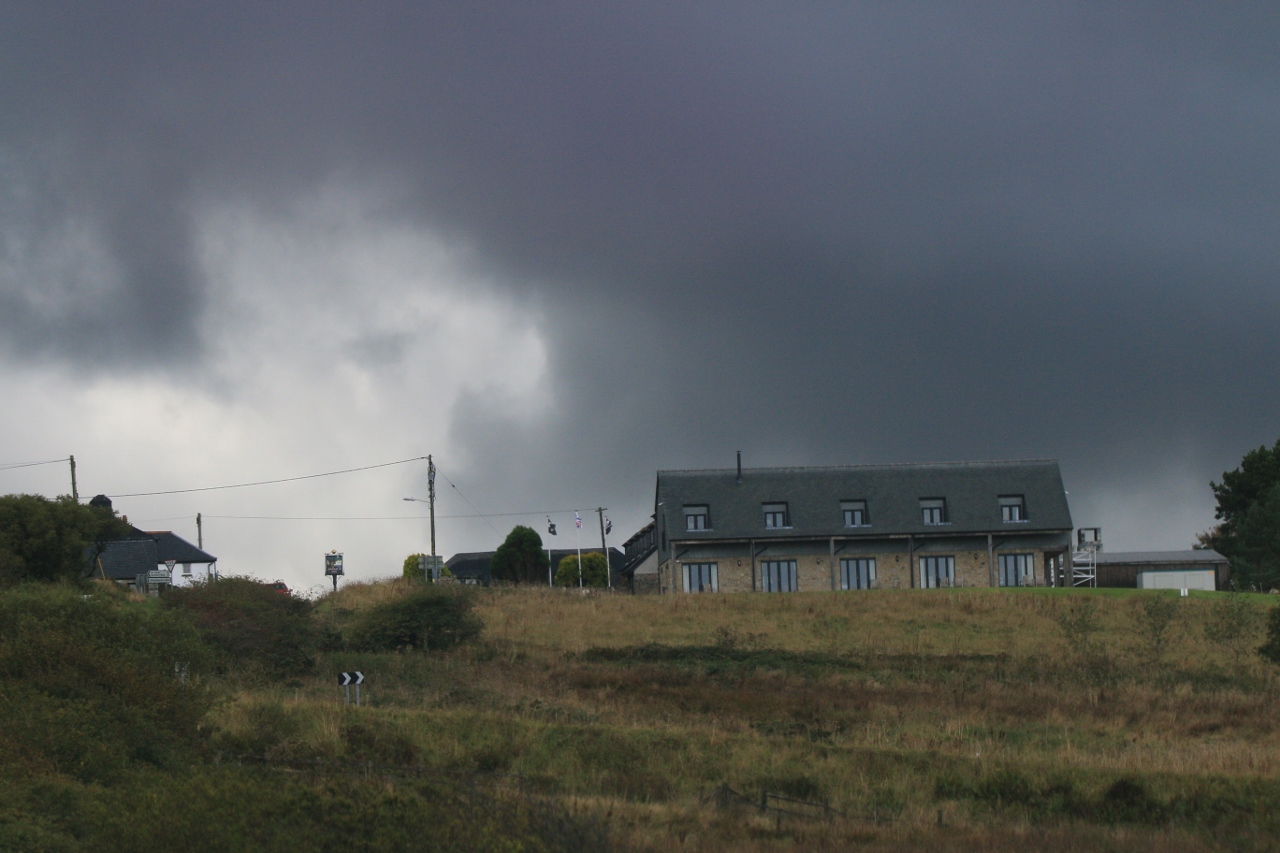

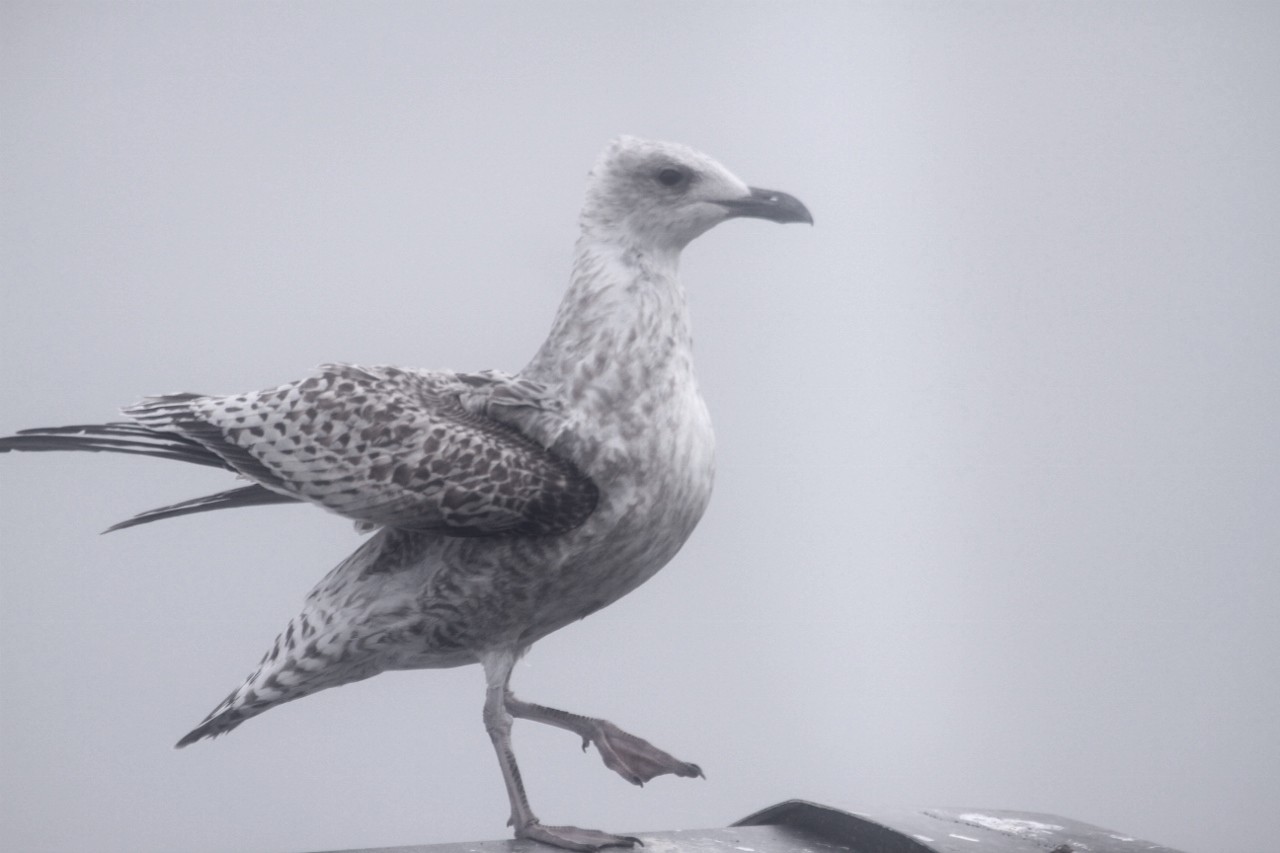
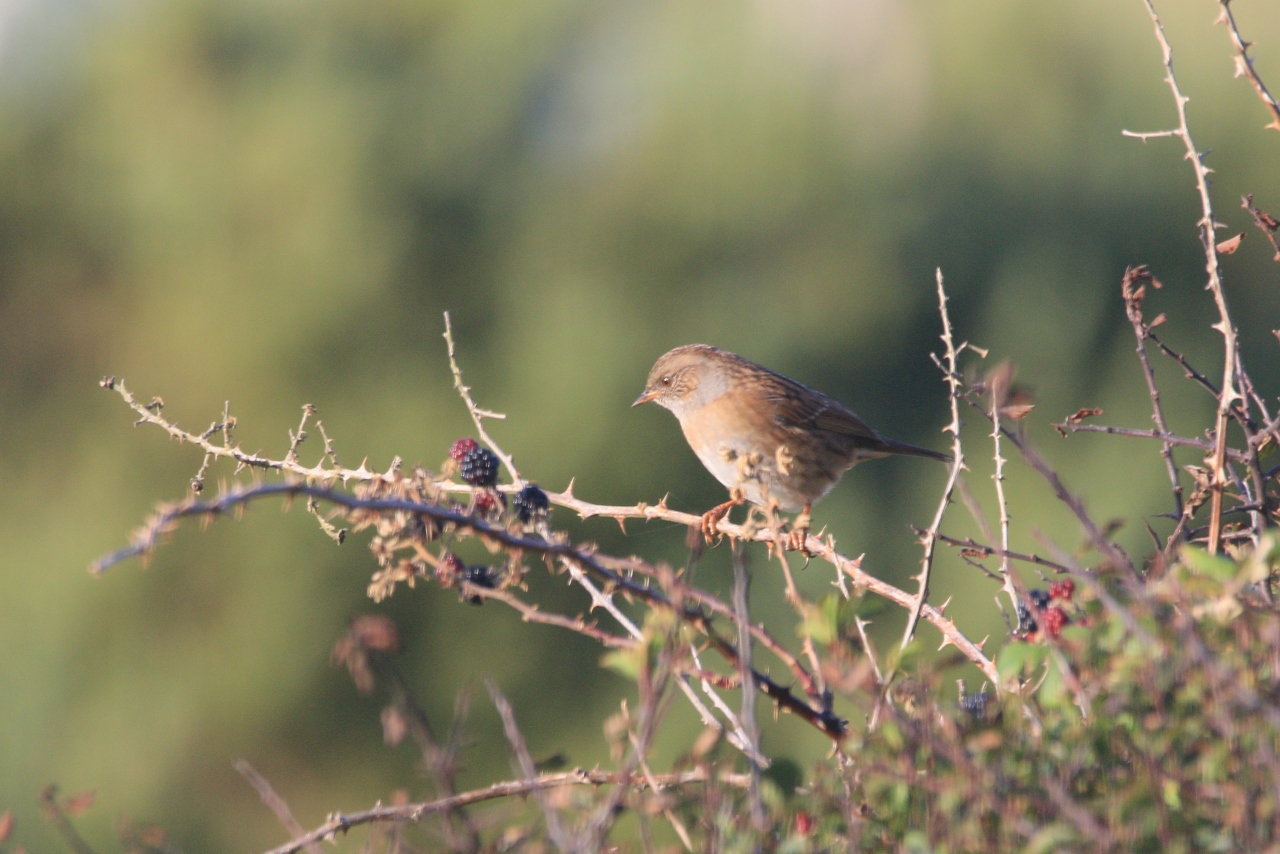
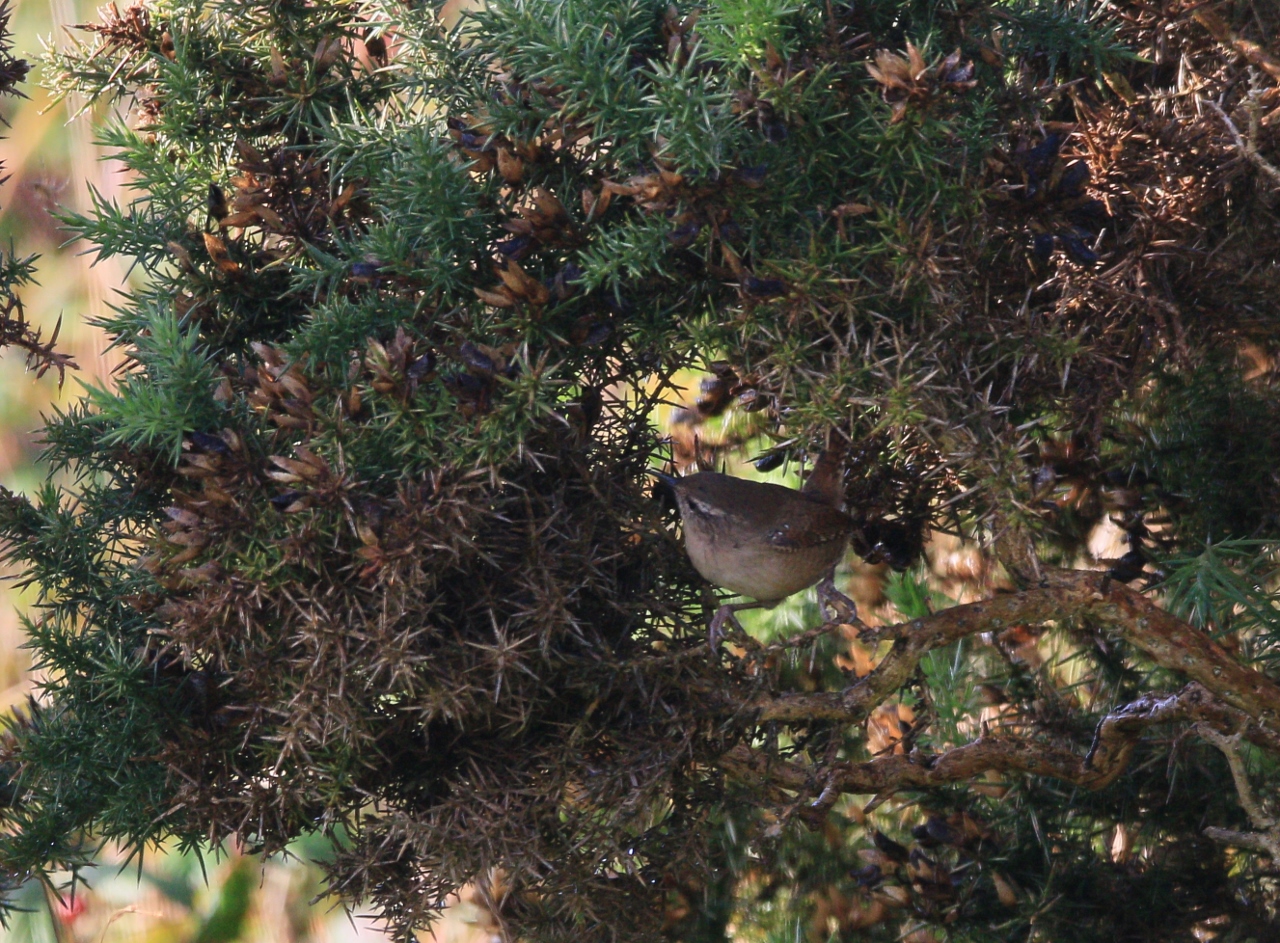
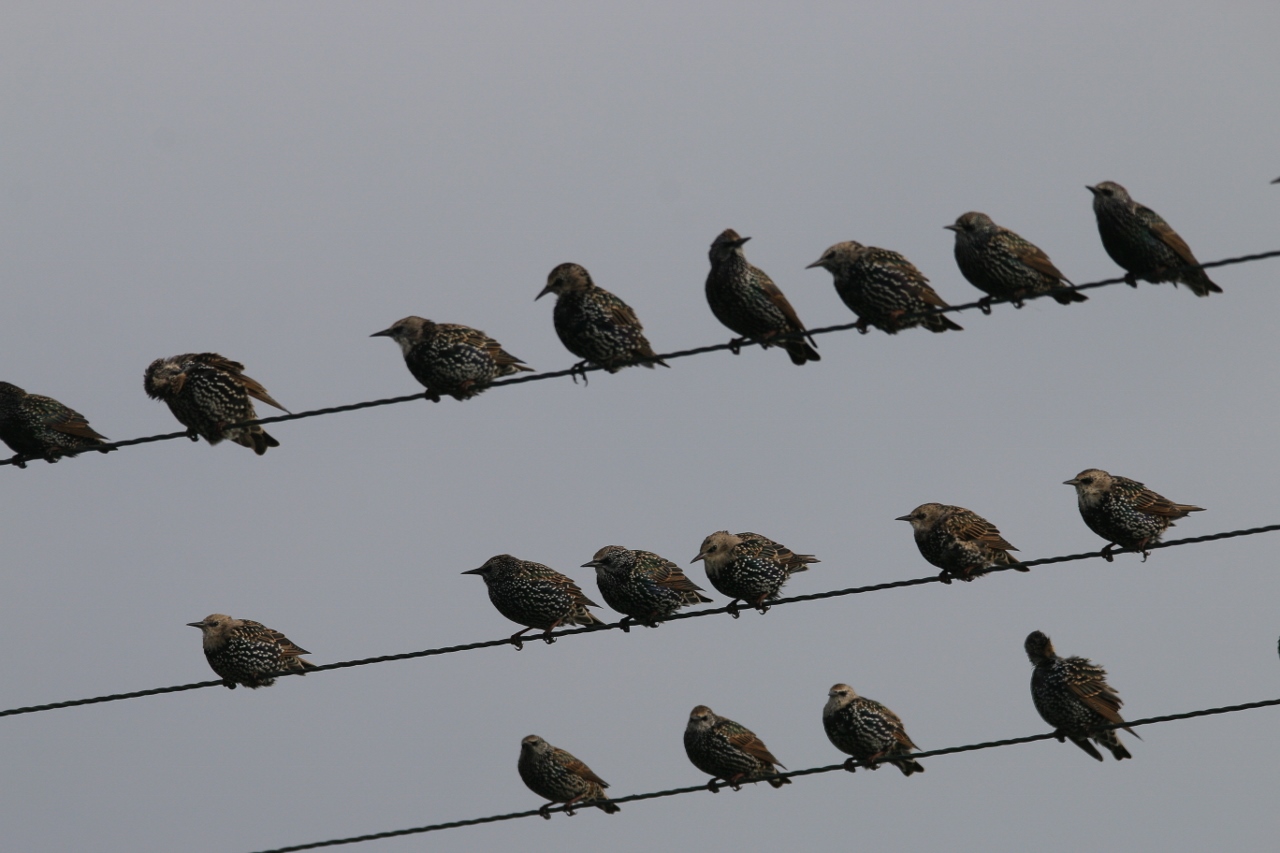
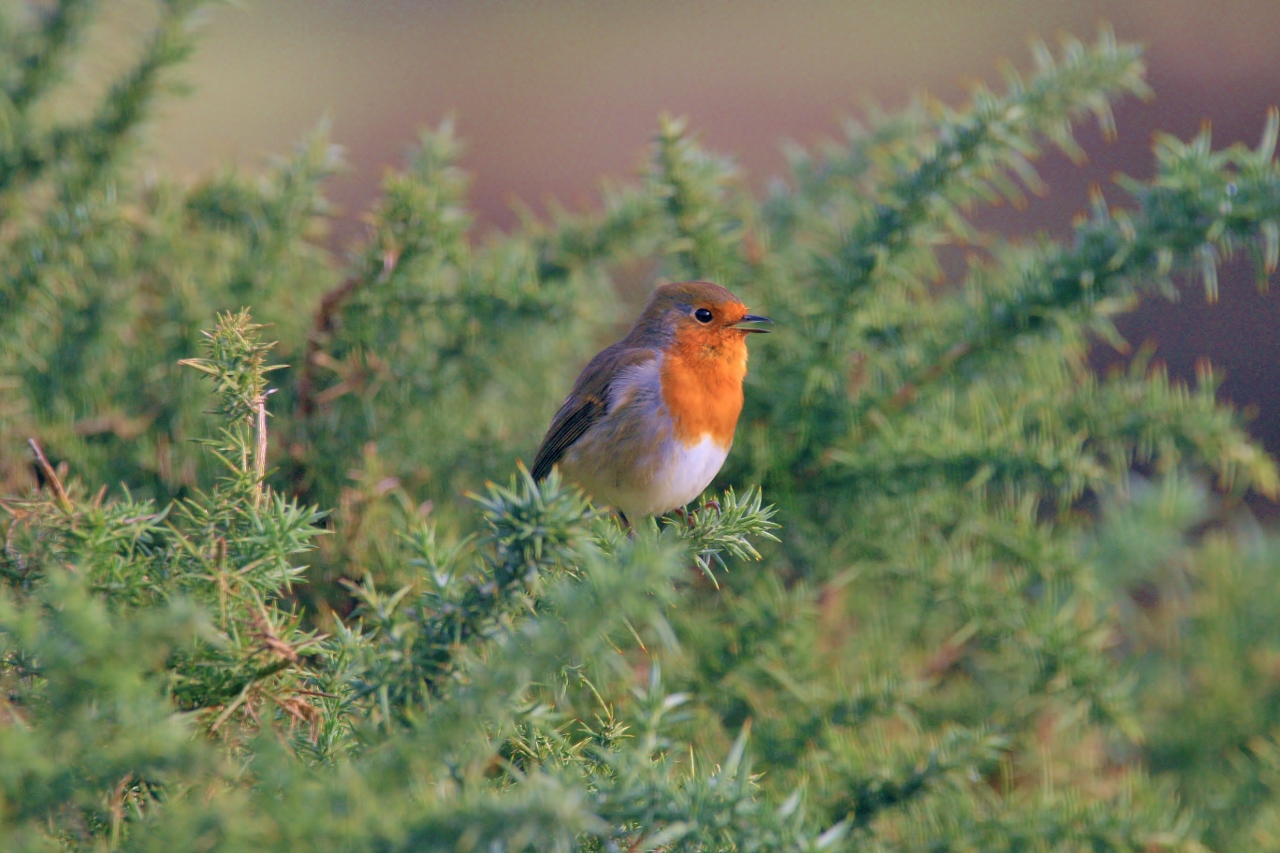
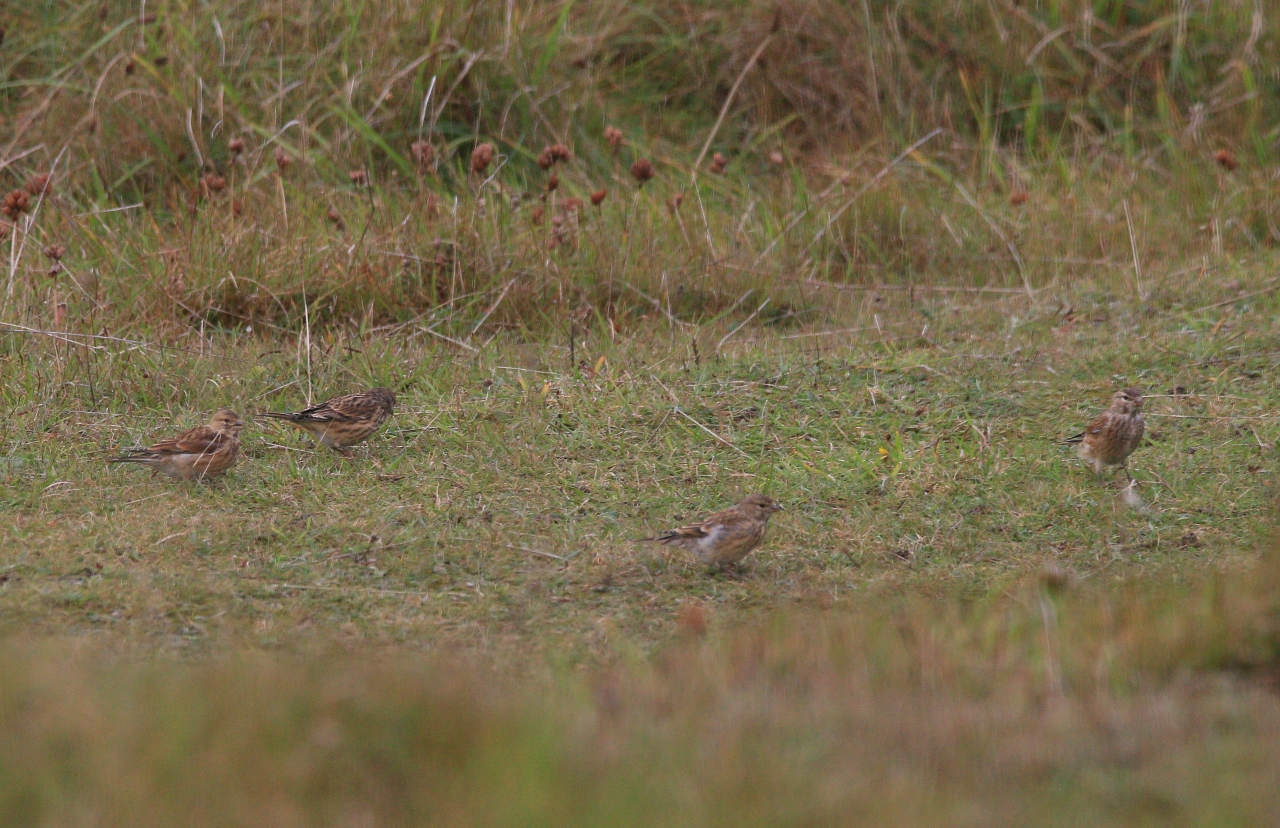
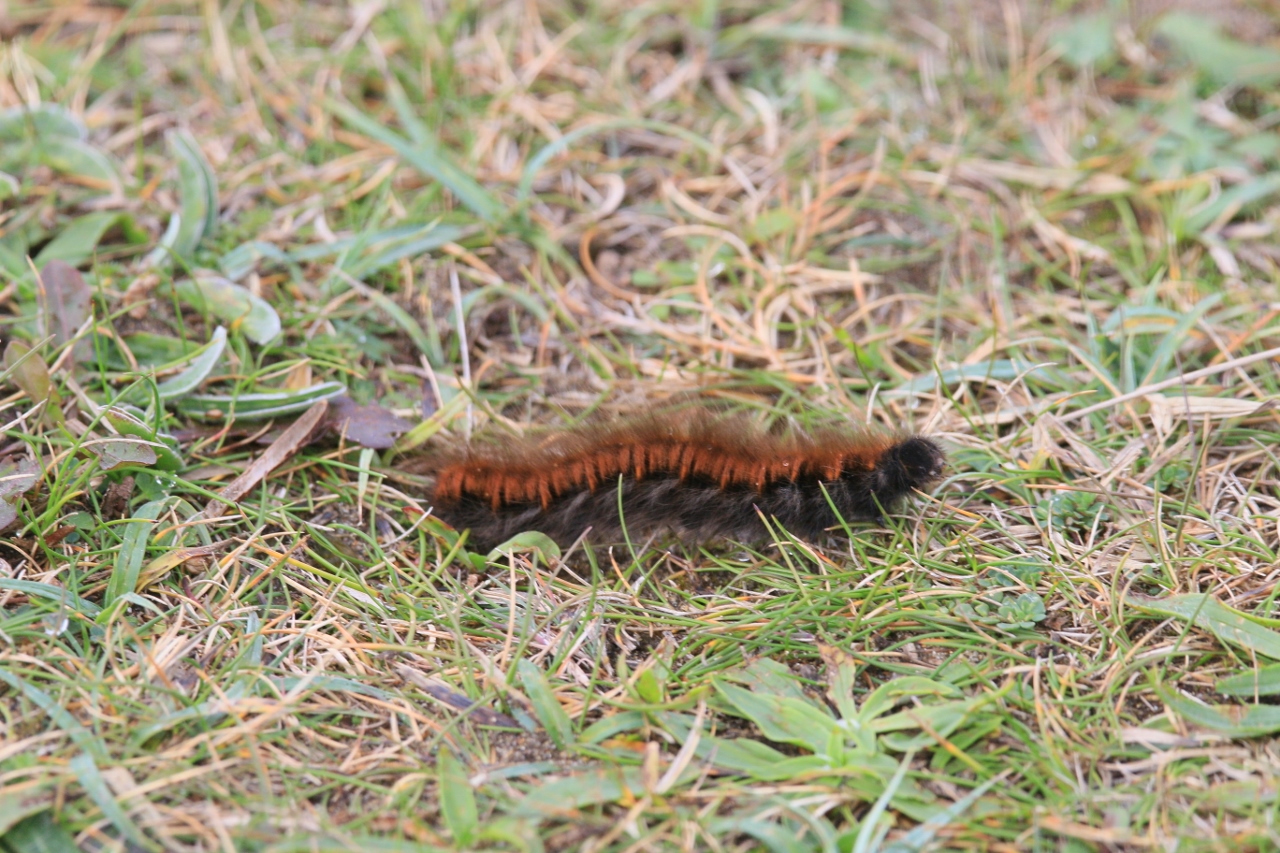

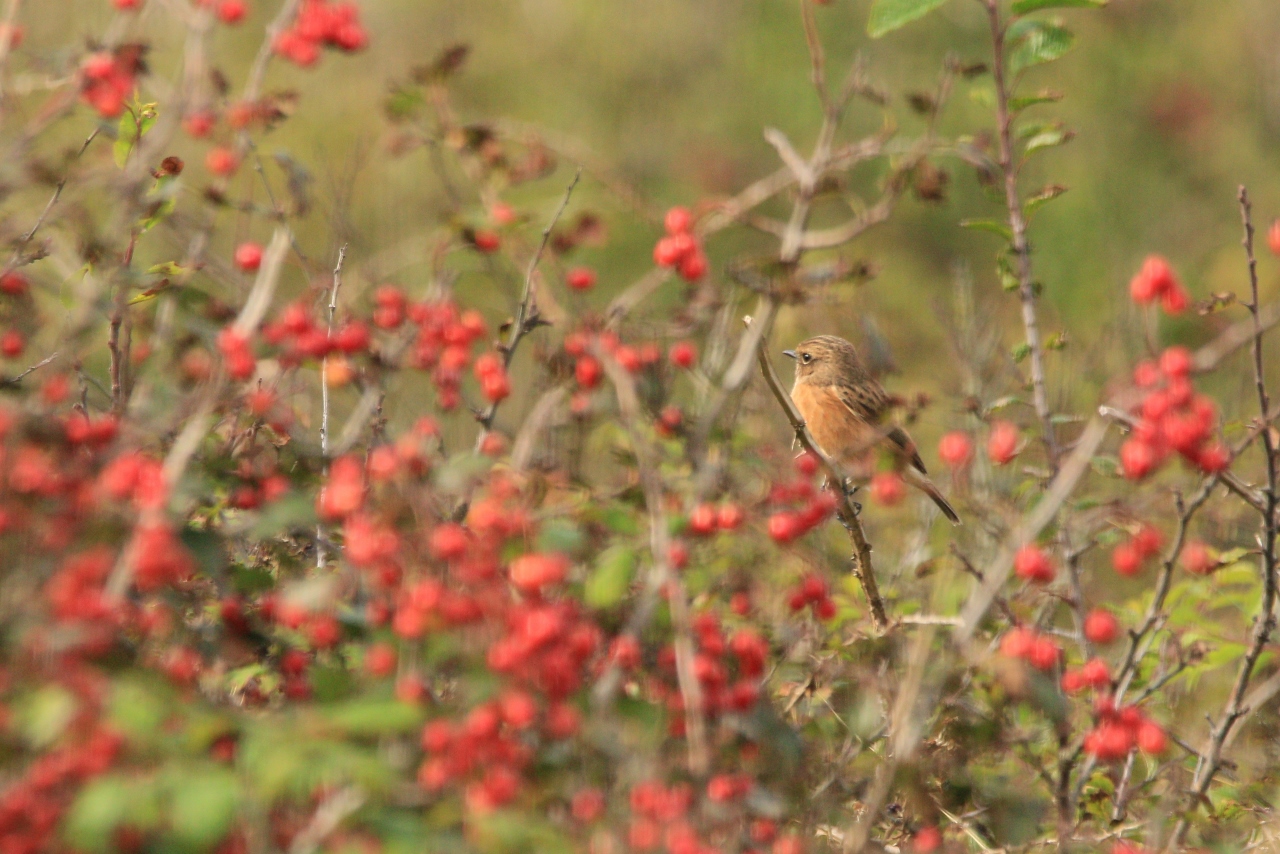
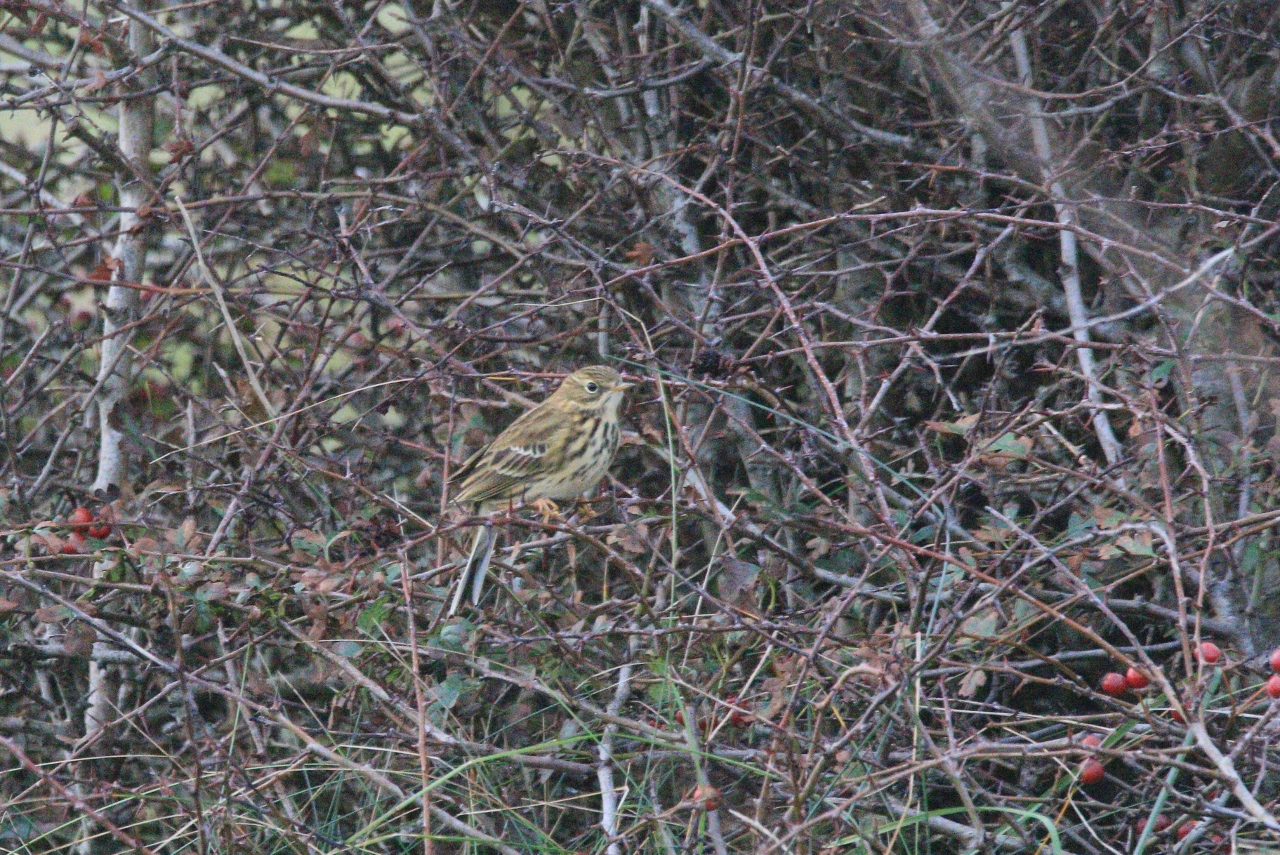

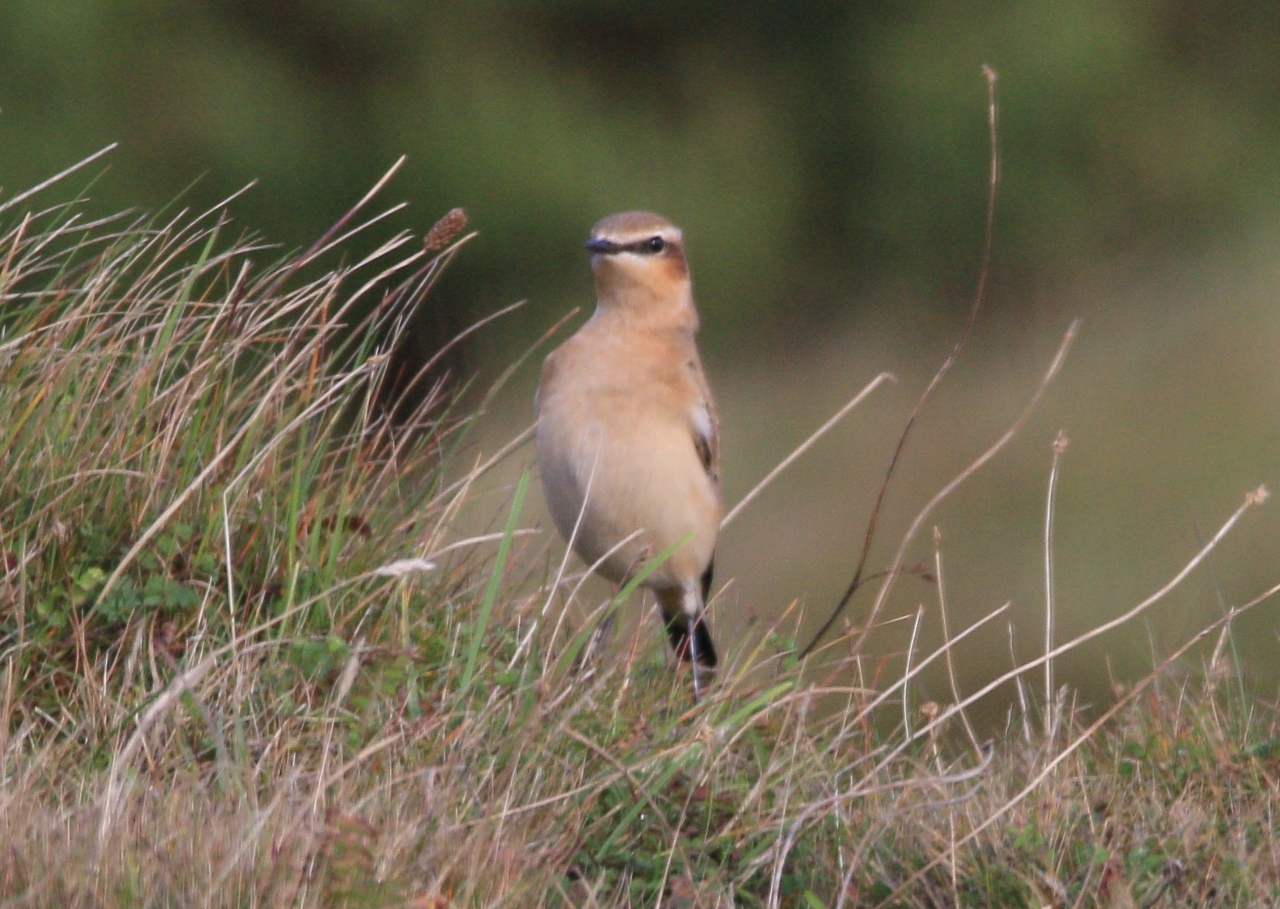
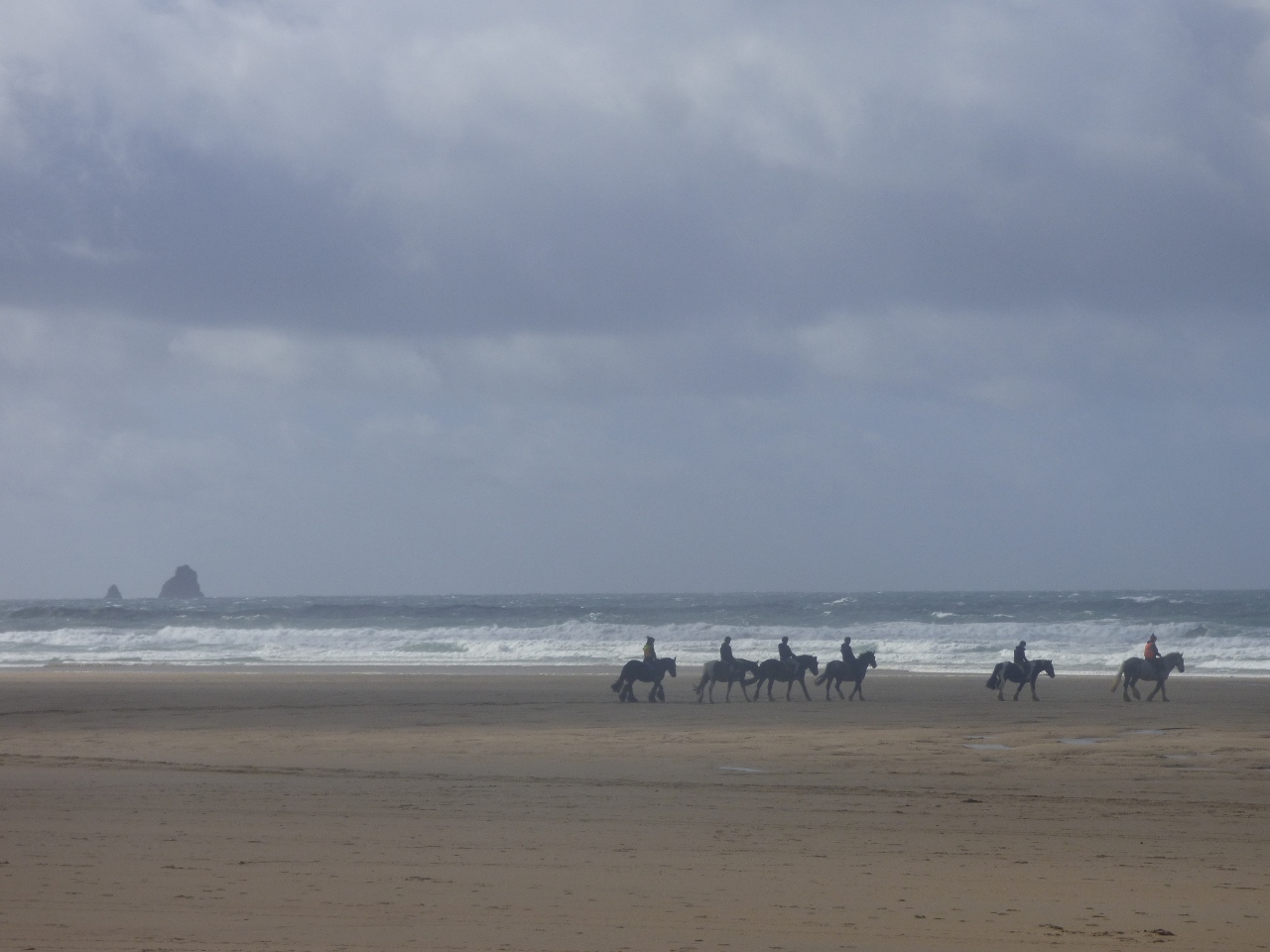
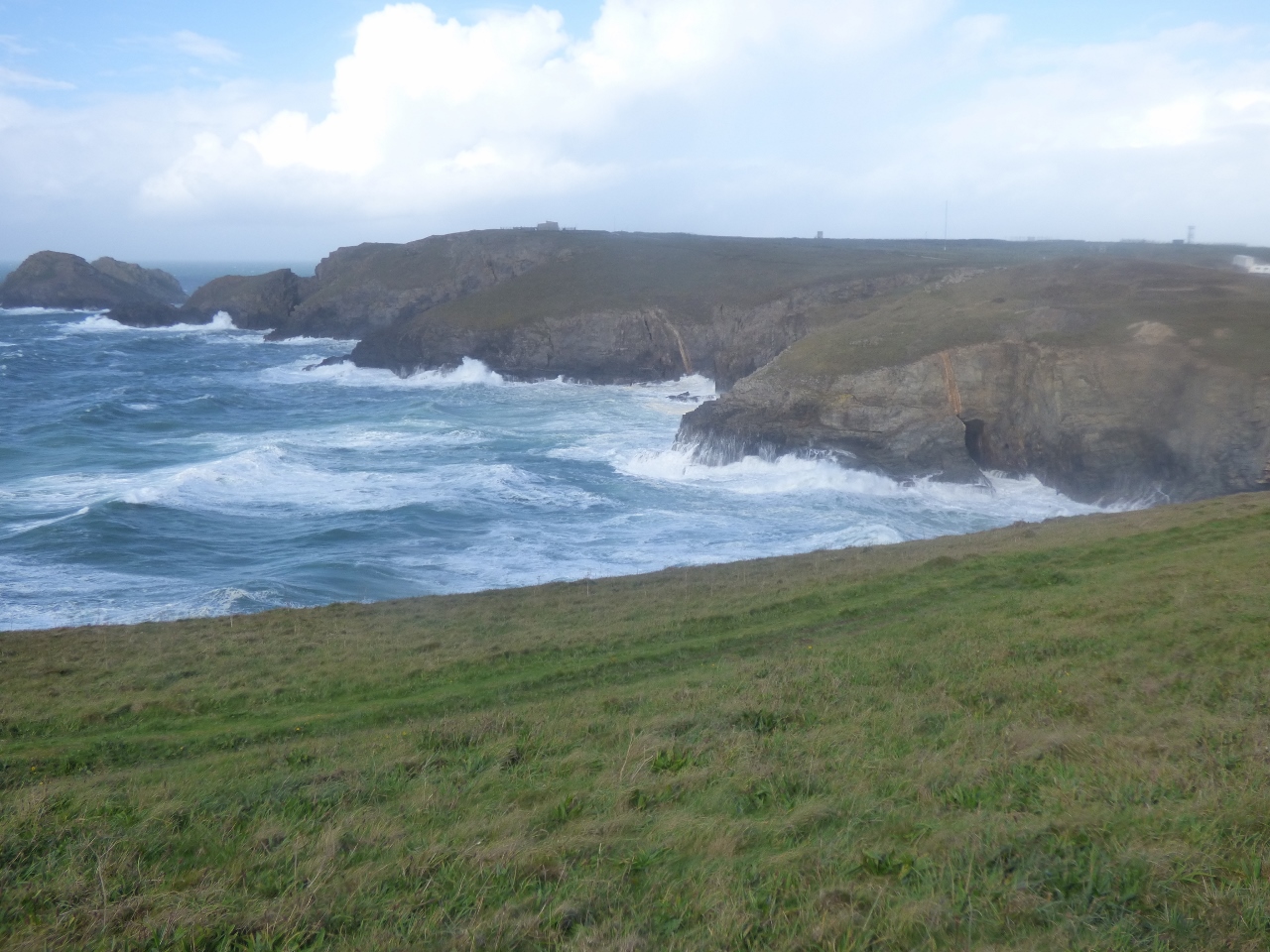
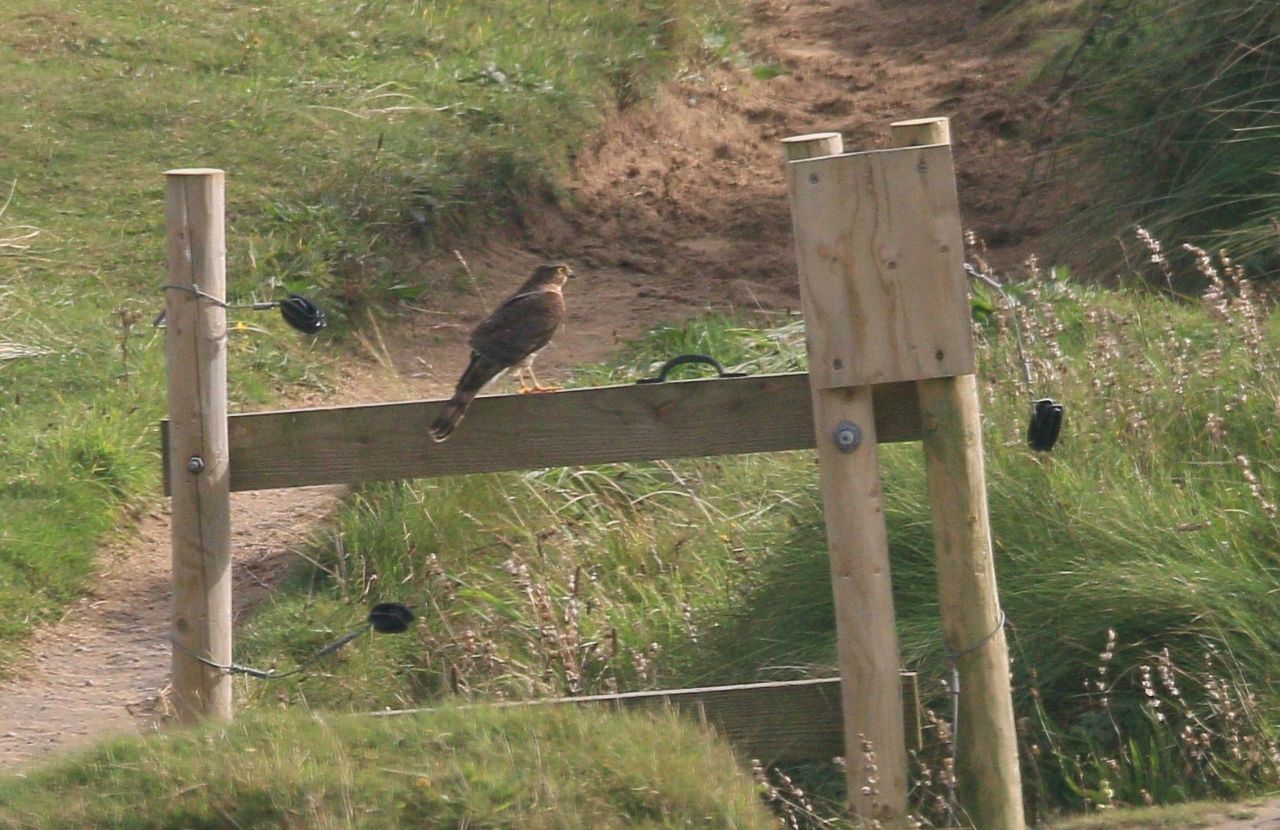


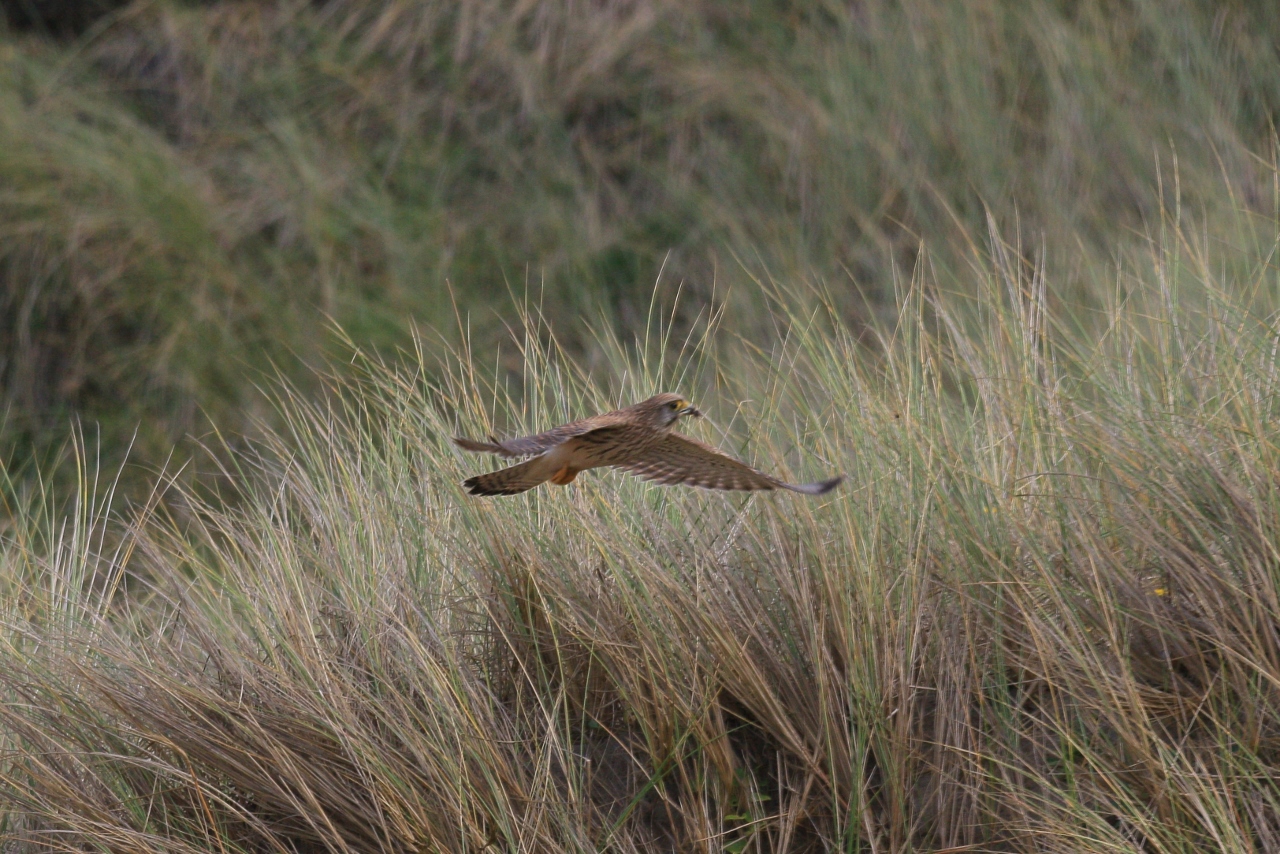

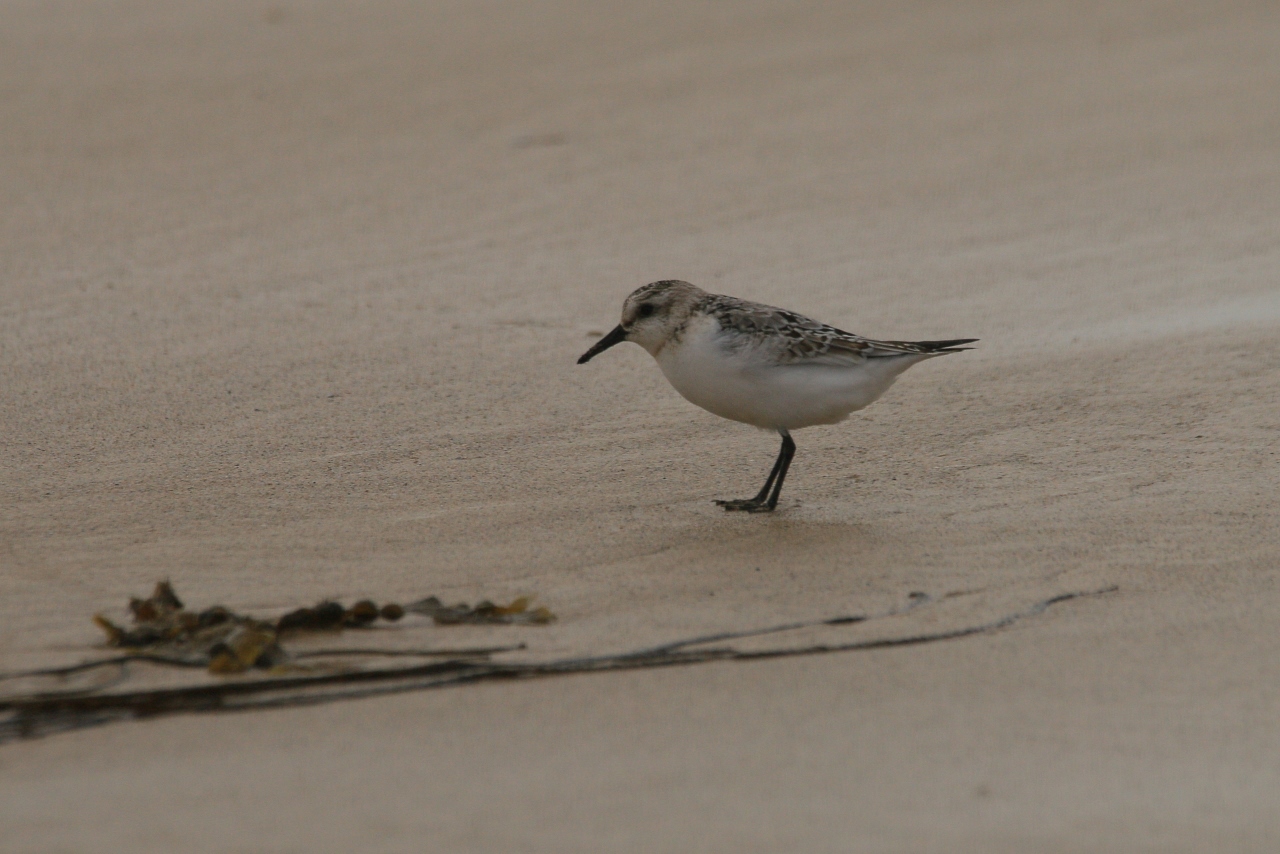
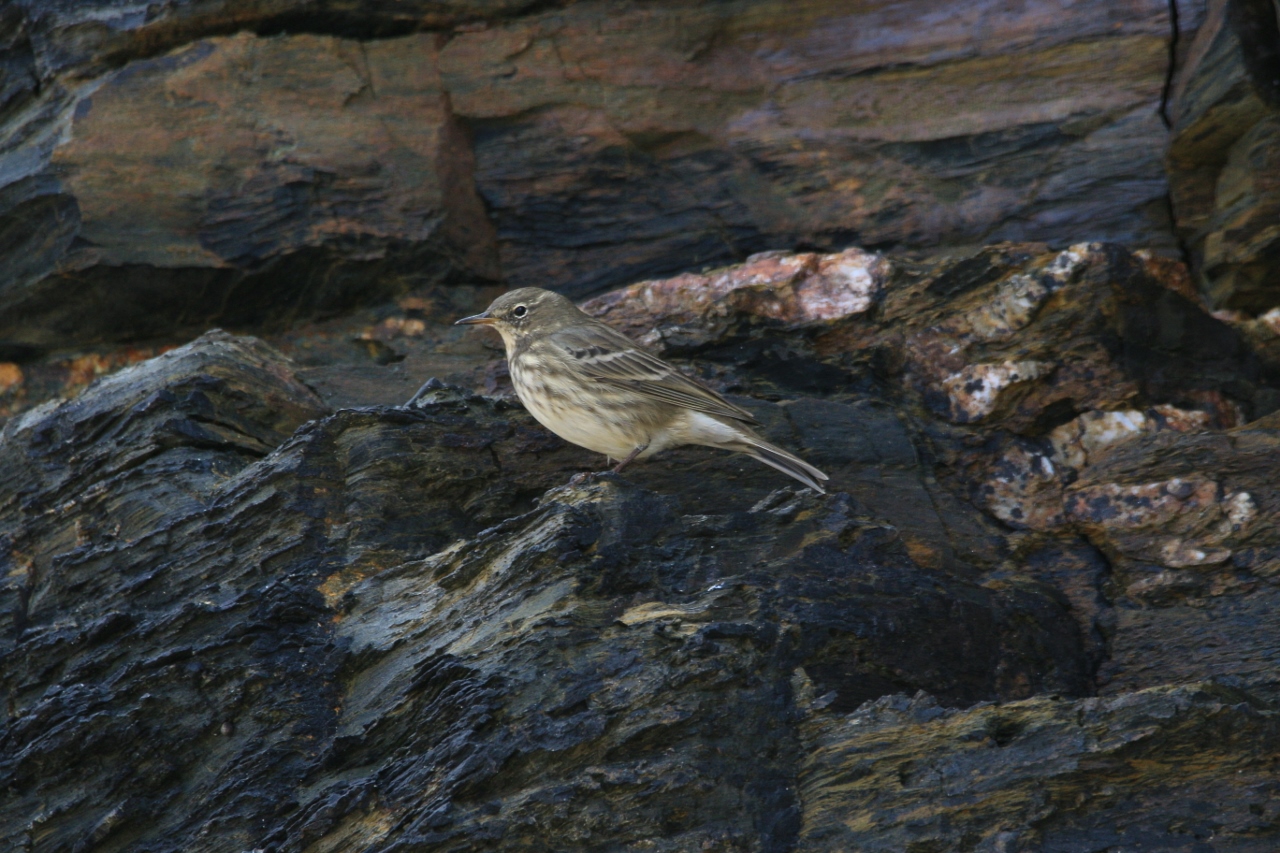
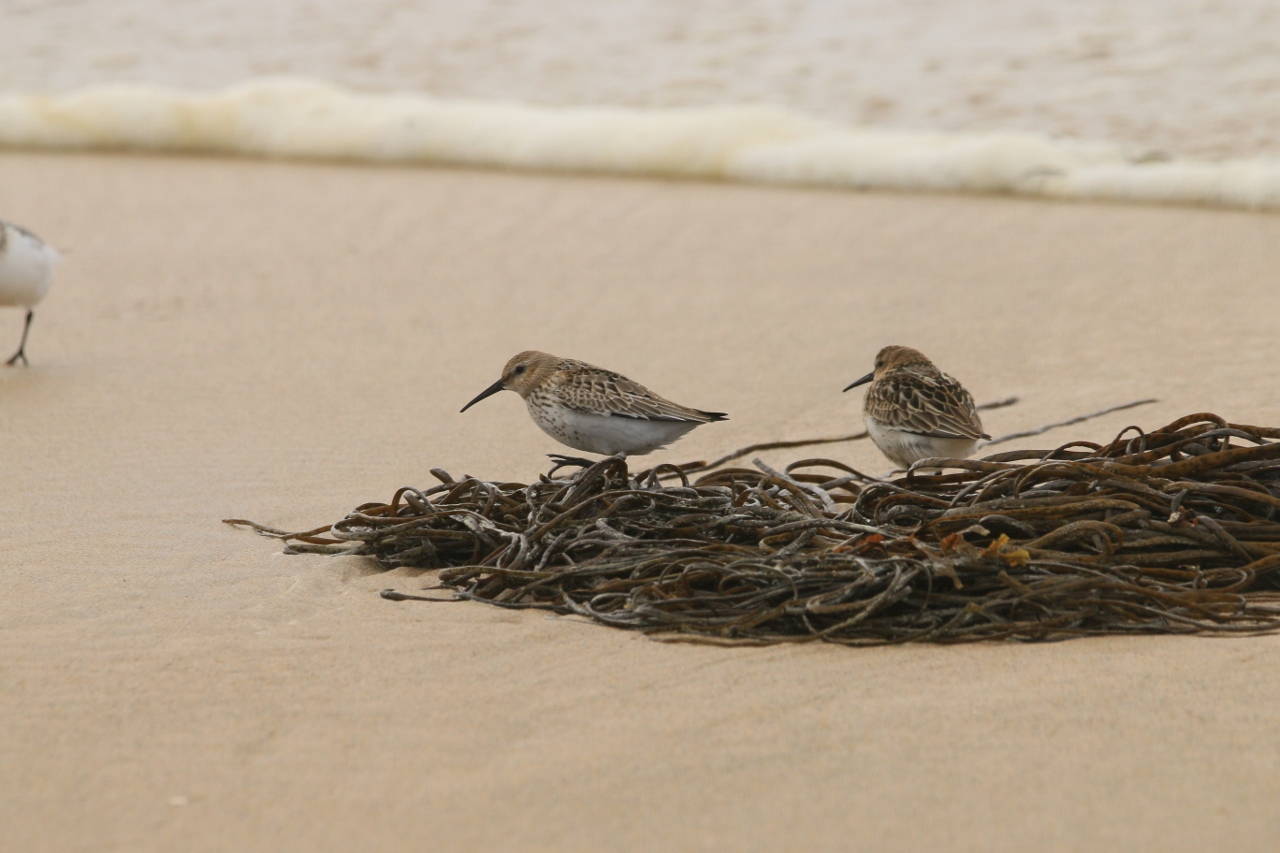

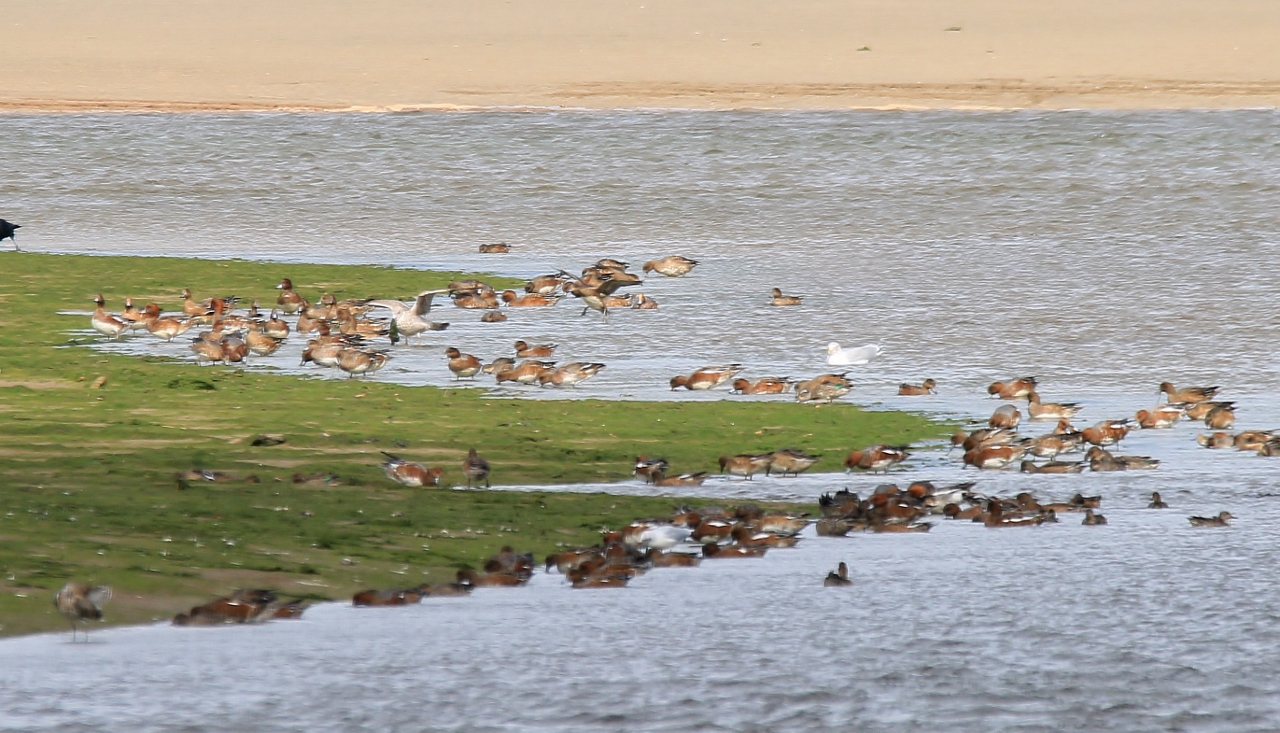
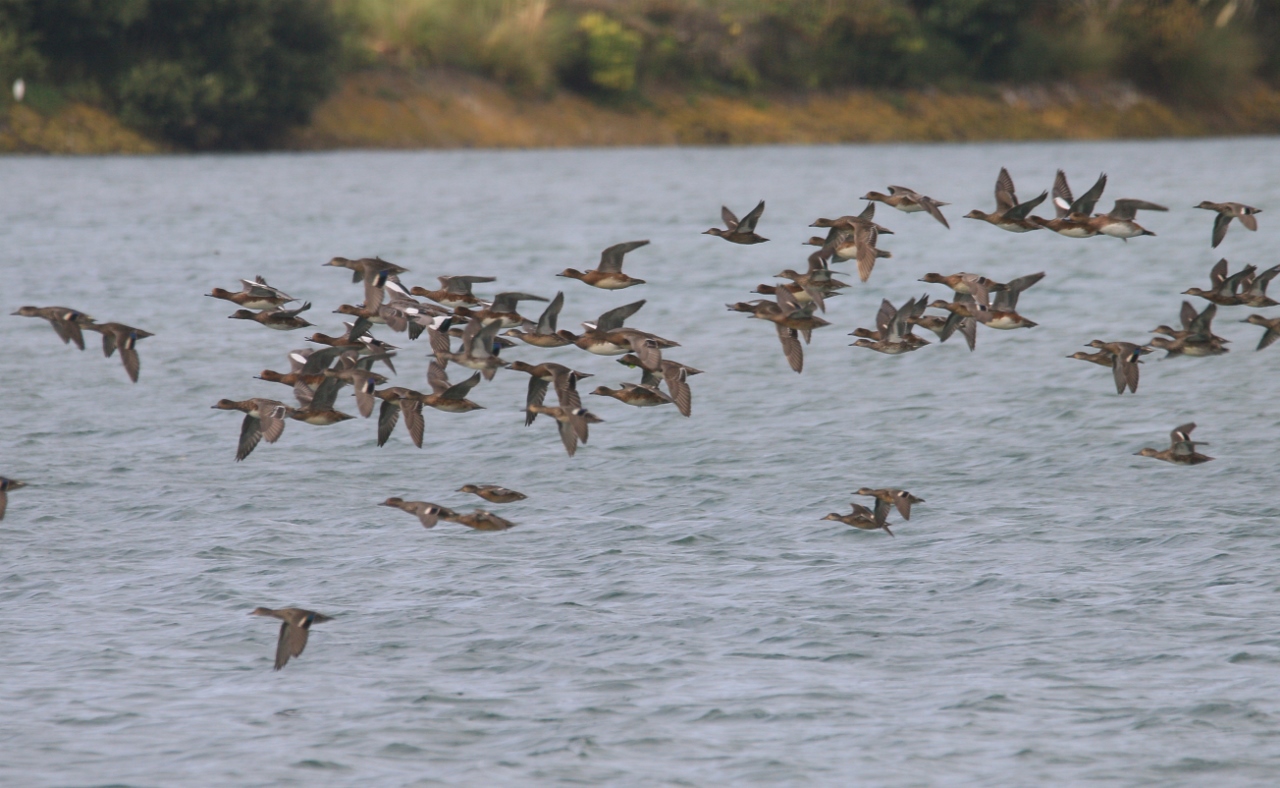
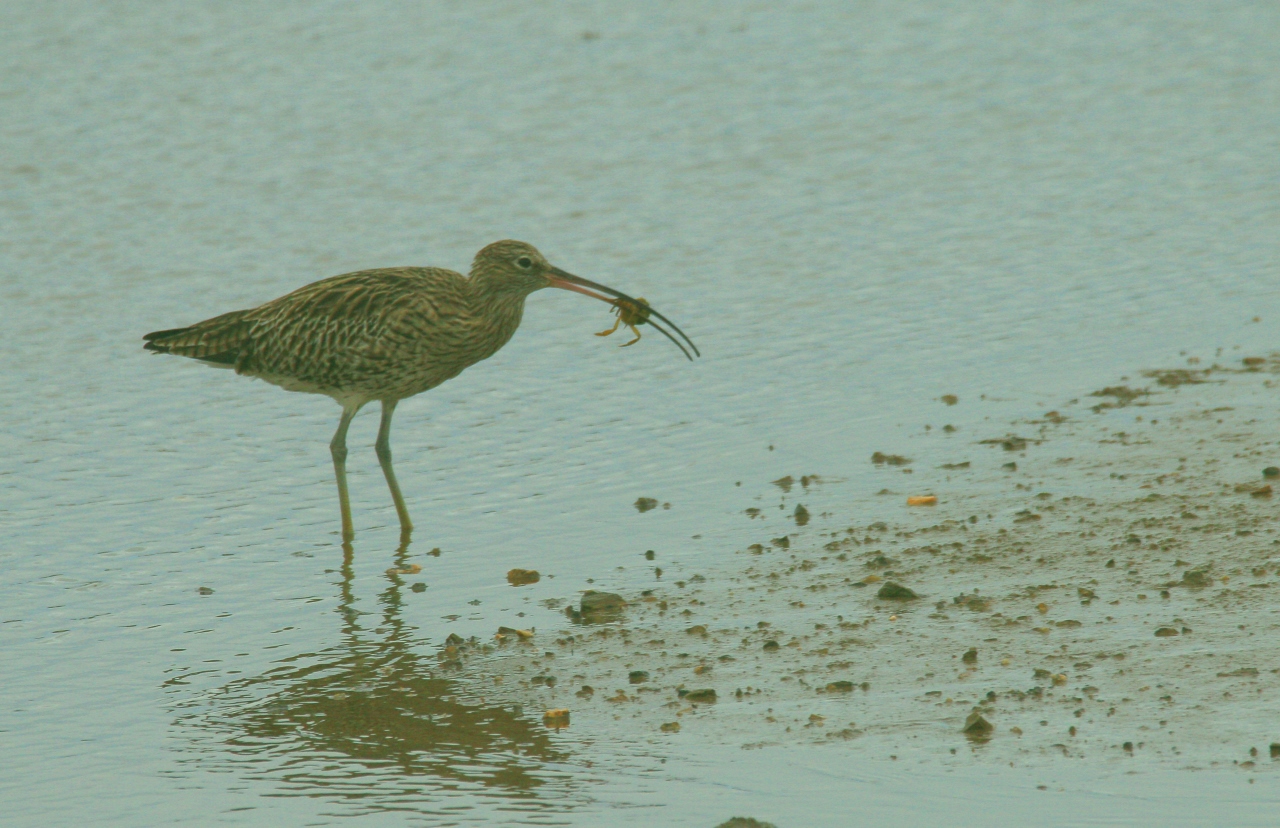
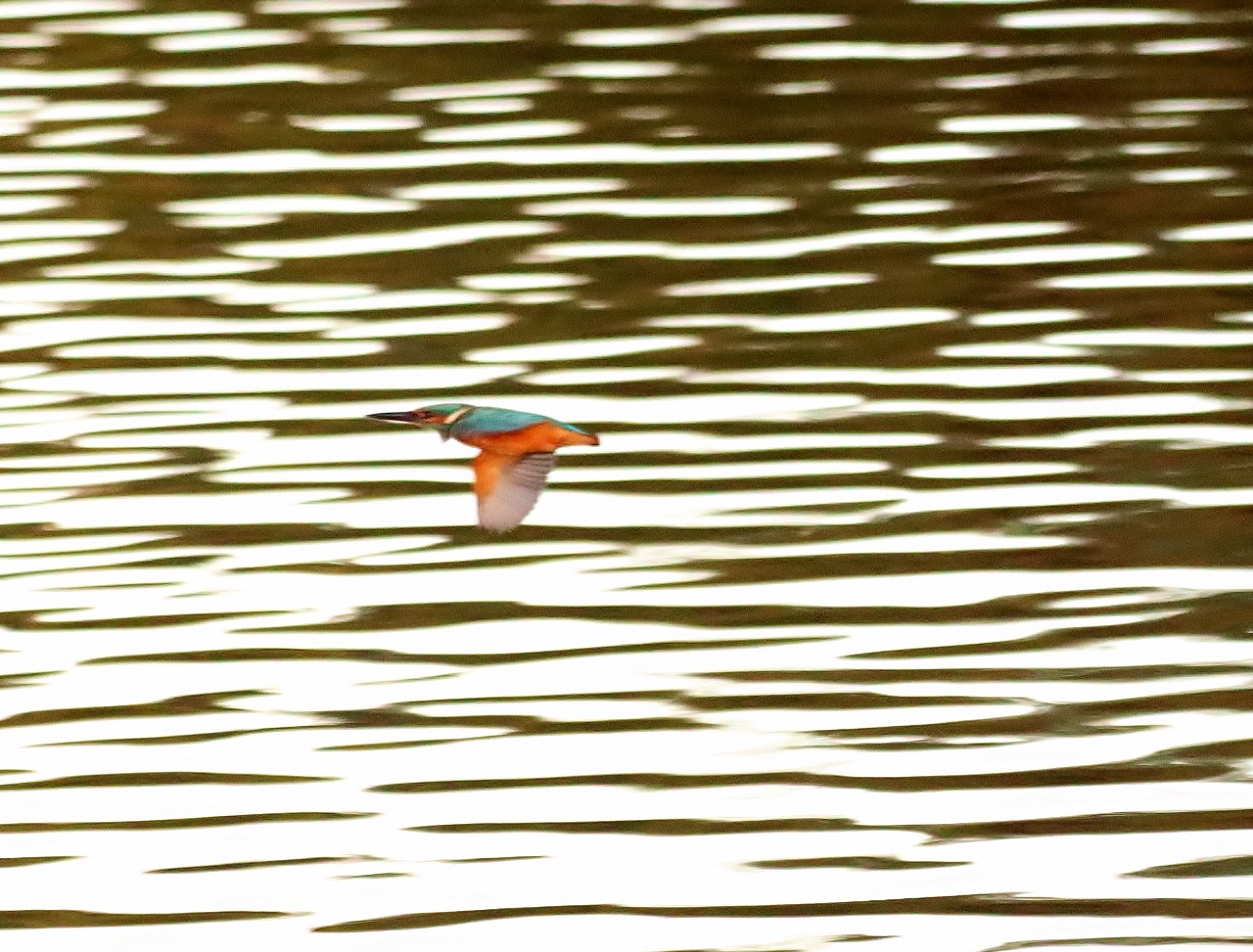
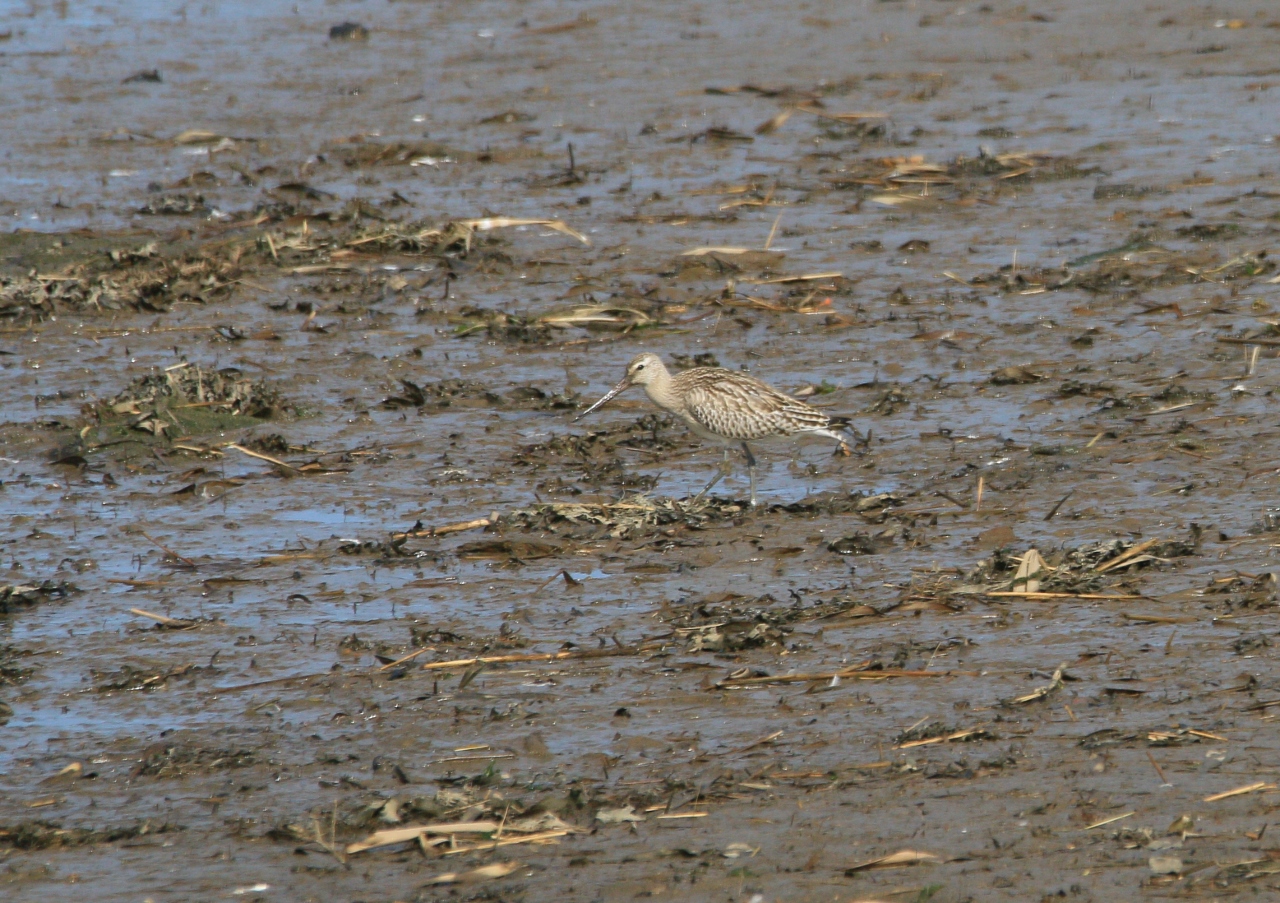

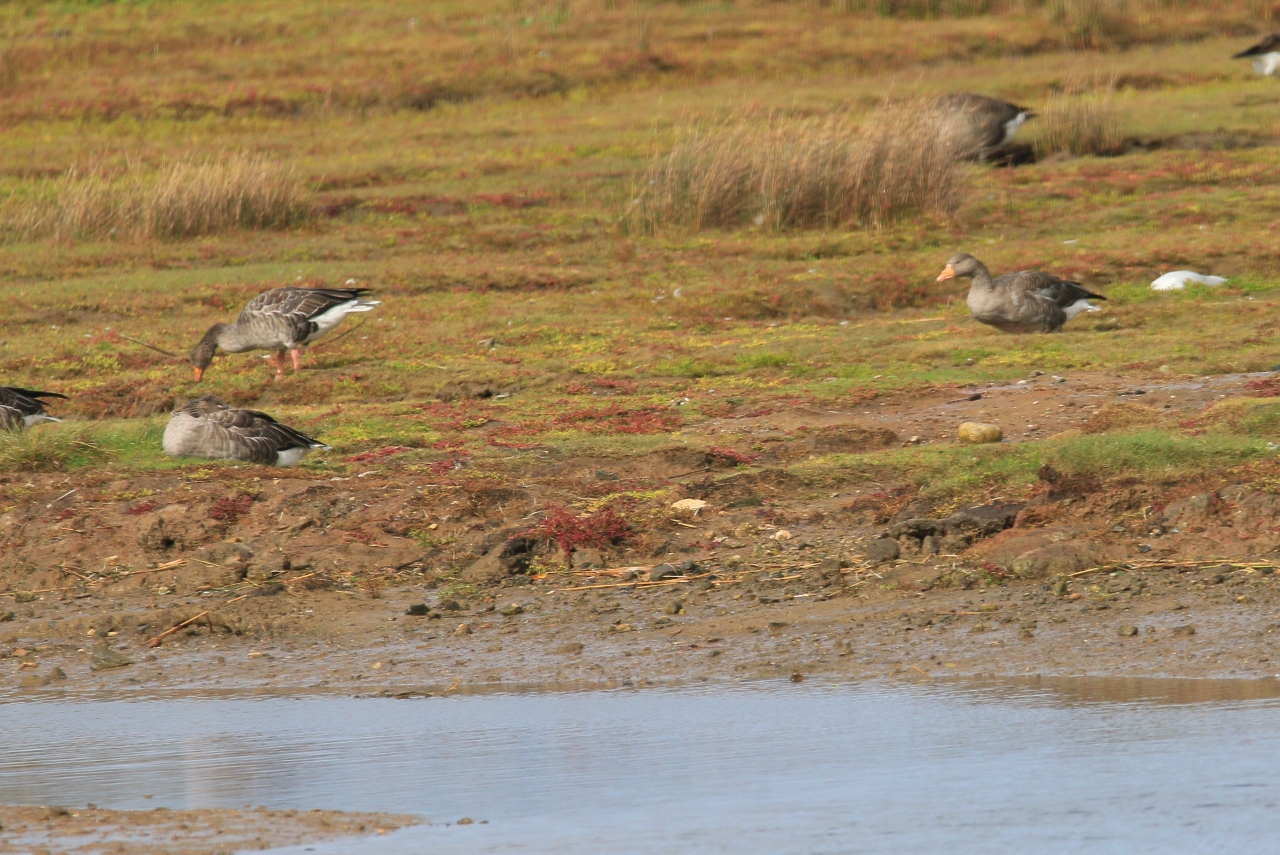
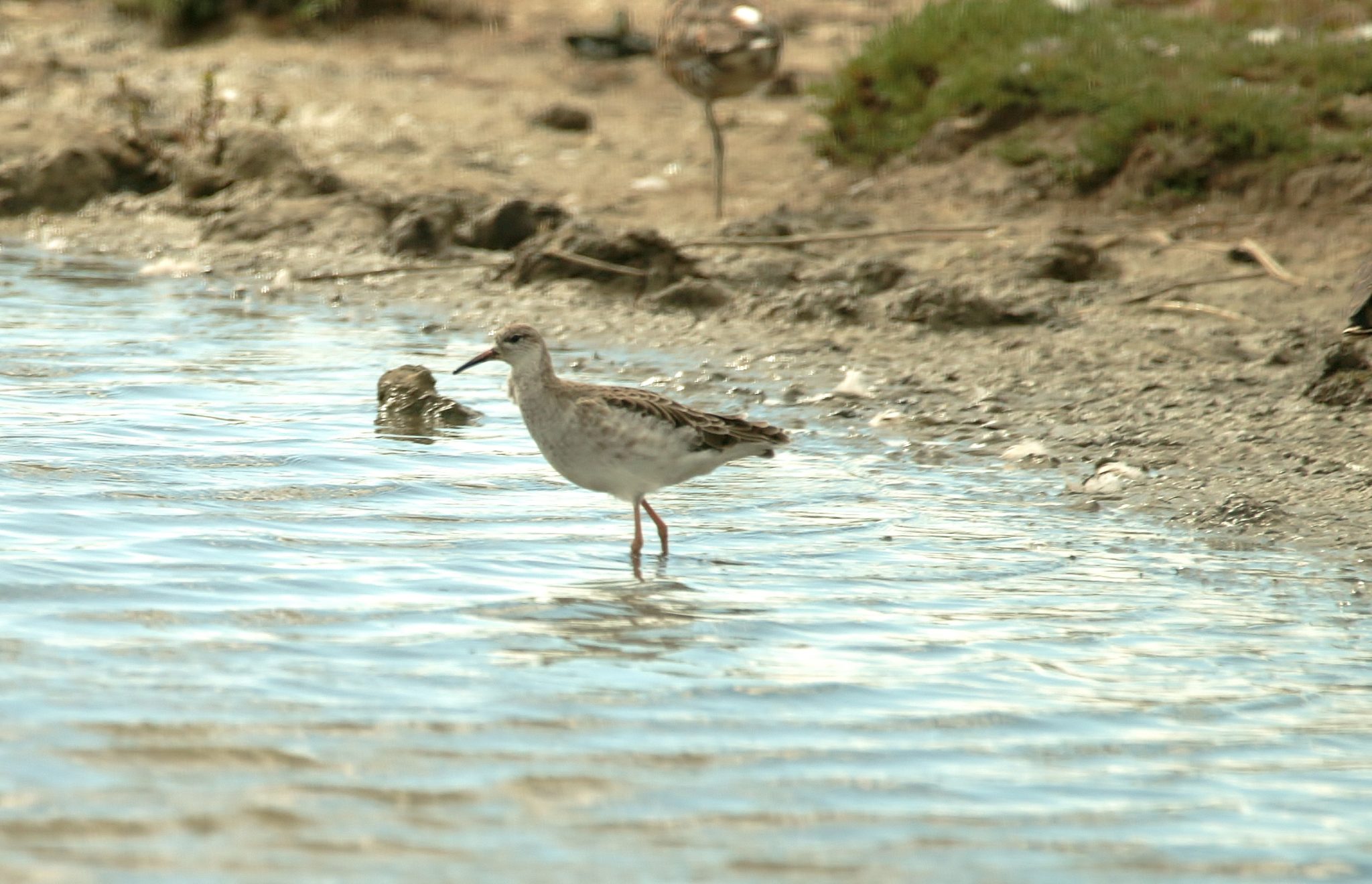

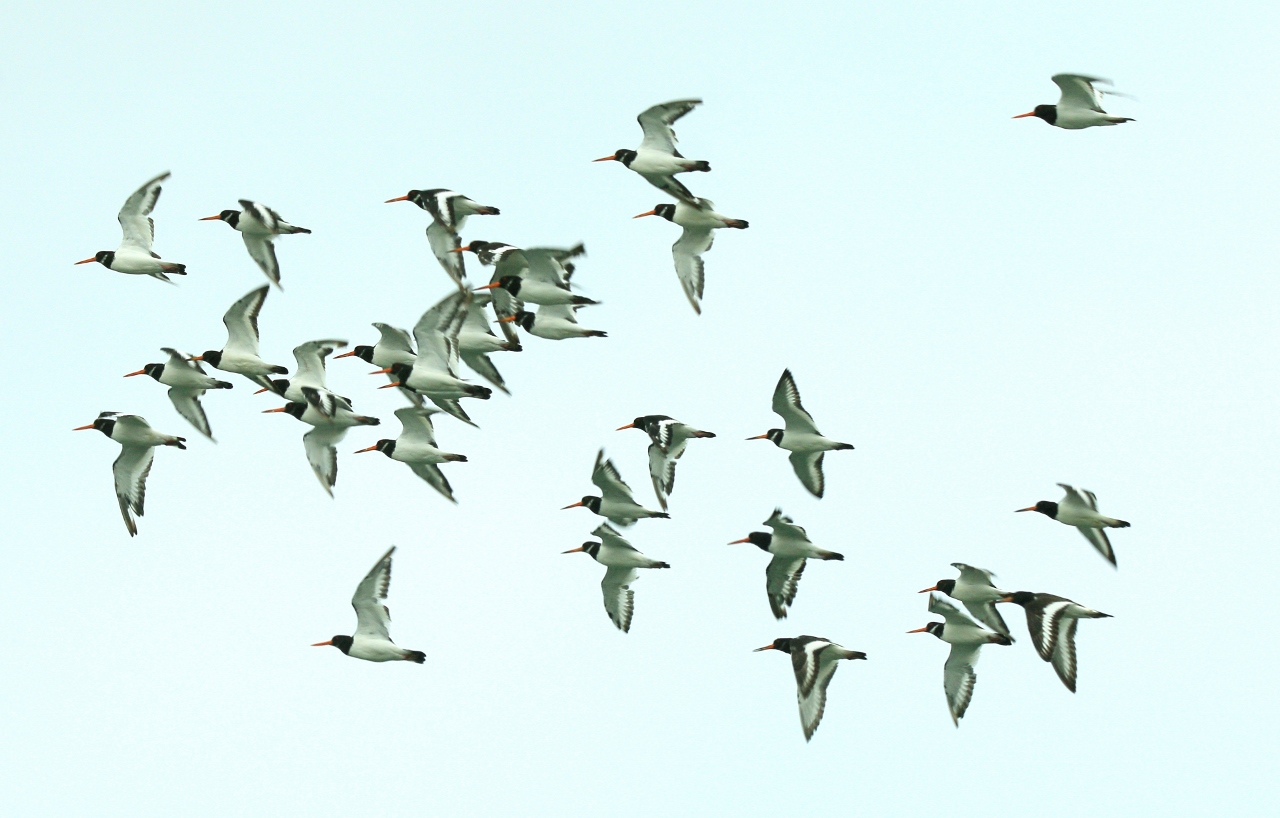
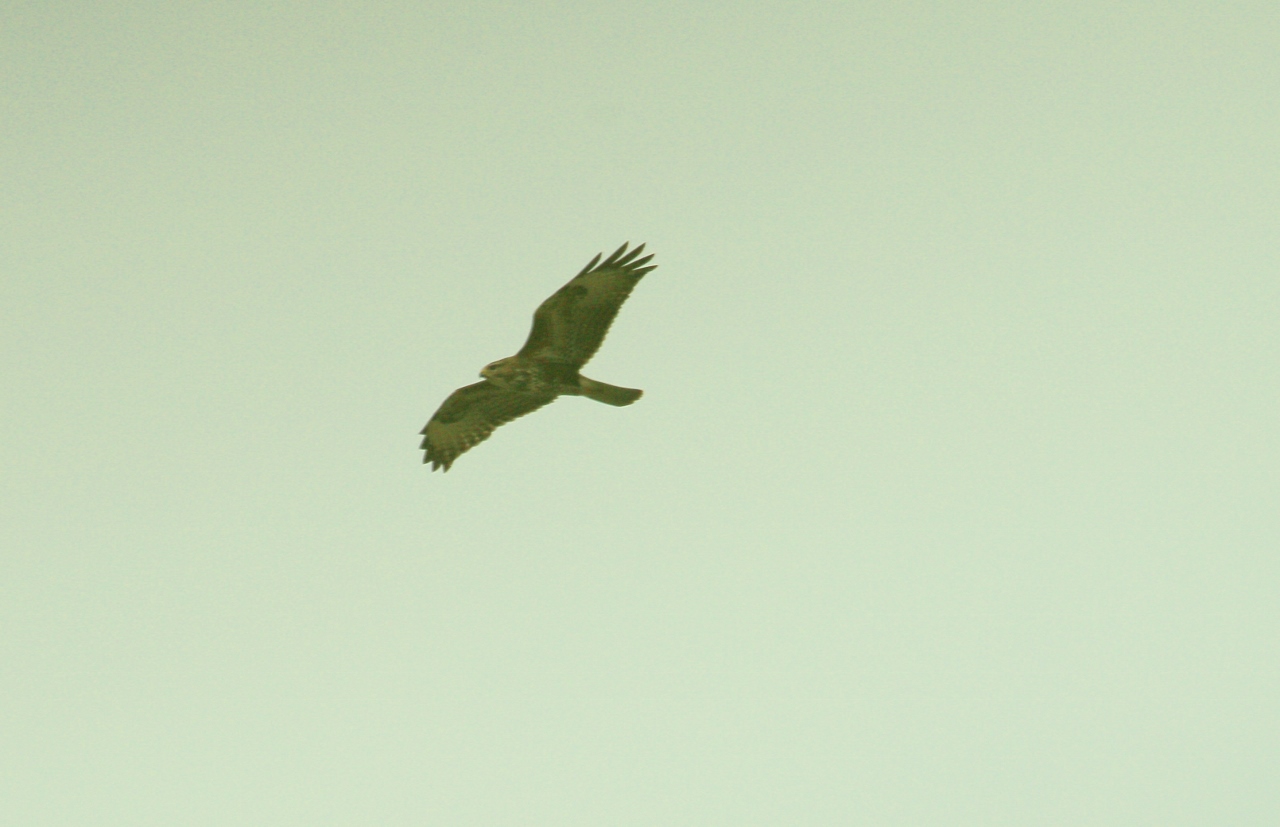
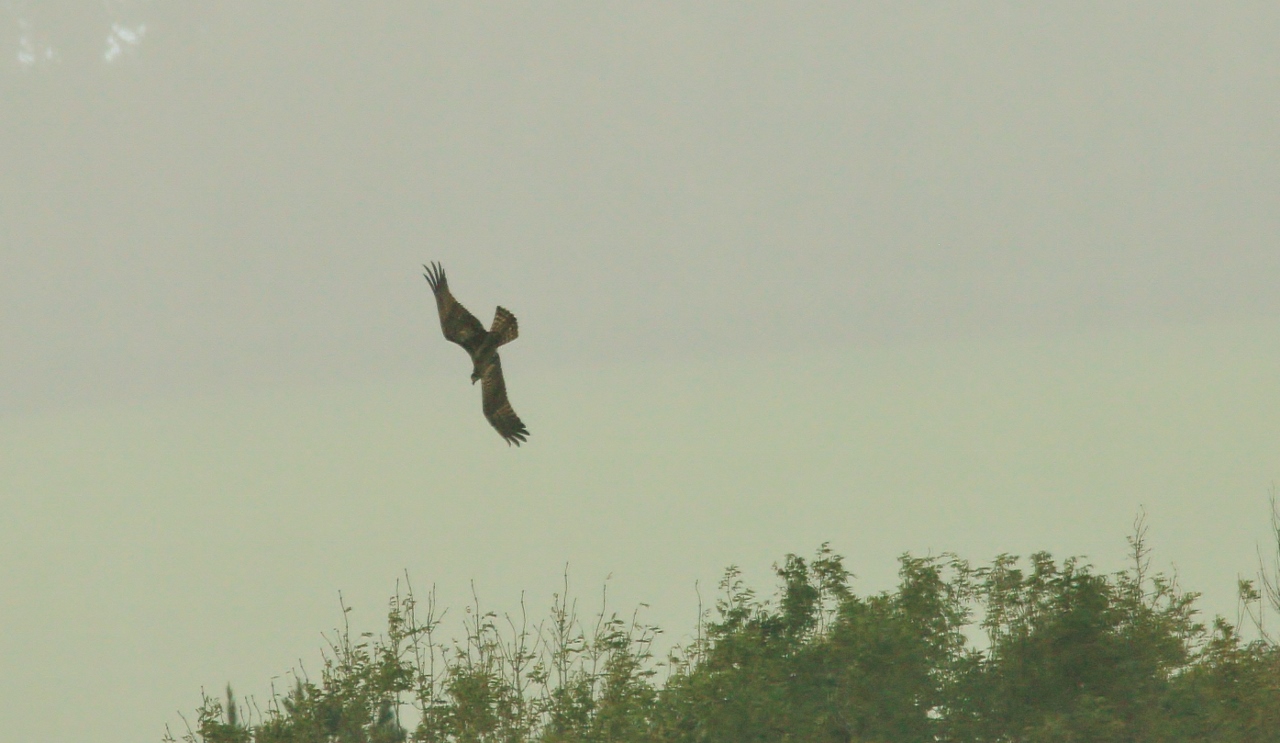
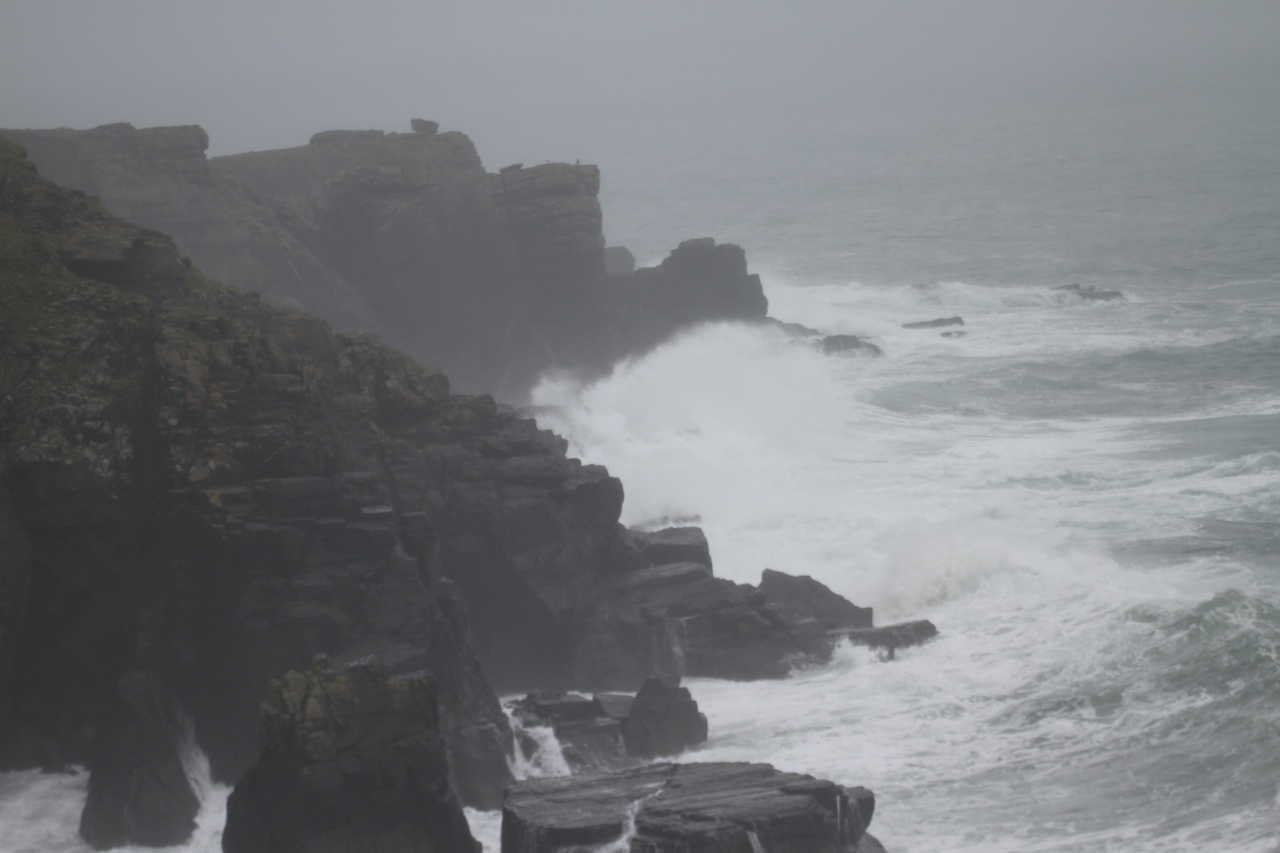
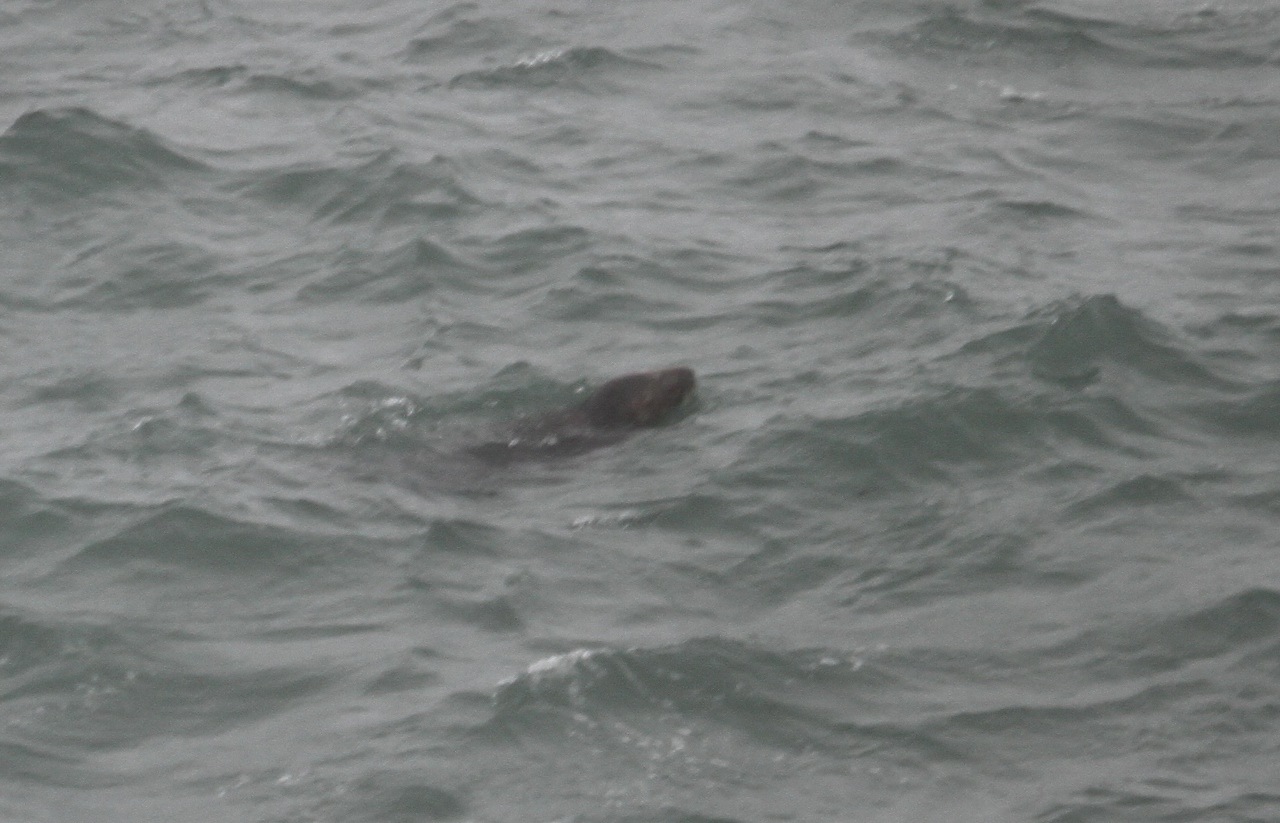







Recent Comments